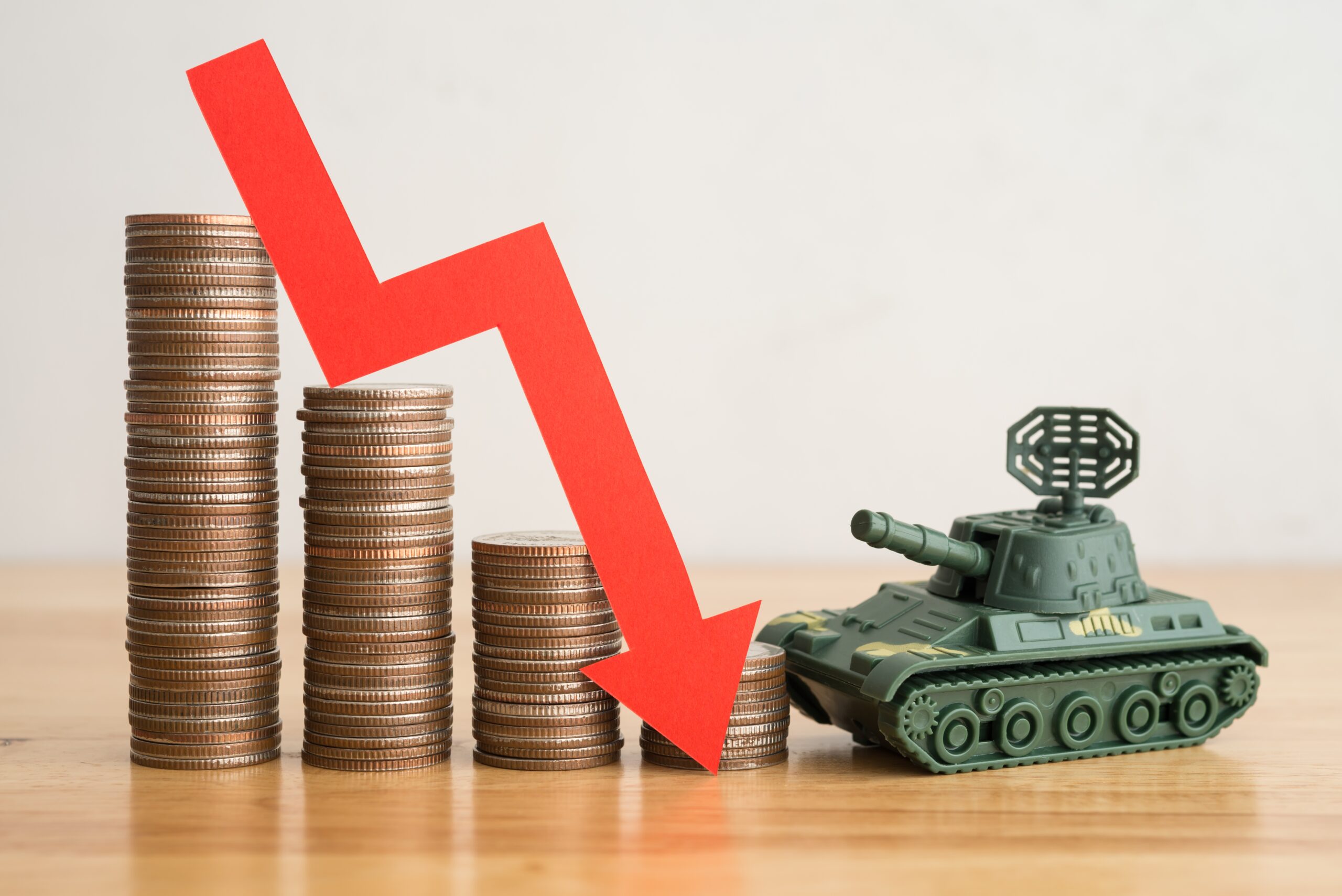The Role of the Mining Industry in the Energy Transition
The energy transition is, as defined by the International Renewable Energy Agency (IRENA), a pathway towards the global energy sector from fossil-based to zero-carbon by the second half of this century.
The mining industry plays a focal role in addressing global warming and supporting the global energy transition. Although being a notoriously energy-intensive and high CO2 emitting industry – as of today, the mining sector accounts for approximately 2–11% of total global energy consumption, and 26% of global carbon emissions, green energy generation – being more infrastructure intense, requires much more metals and minerals, and therefore more mining activity.
While this paradox comforts the fact that the mining industry is here to stay, it leaves only one way of achieving SDGs 7 (Affordable and Clean Energy), 12 (Sustainable Consumption and Production) and 13 (Action against Climate Change), which is the adoption of climate-smart mining practices, including the integration of renewable energy to power mining operations.
Mining for Green Energy
Transitioning to a low-carbon energy system has been under way for the past few decades. Renewables’ share of annual power capacity expansion has been steadily increasing to reach, in 2019, over 72% of the new installed capacity. While this evolution is still largely driven in most countries by government regulations and incentives to meet the decarbonization and climate mitigation goals set out in the Paris Agreement, other countries have successfully transitioned past the support schemes (e.g. feed-in-tariffs) to competitive Power Purchasing Agreement auctions, facilitated by the steep fall in renewable energy costs, and growing engagement of energy and oil & gas companies in renewable energy projects.
Low-carbon technologies, especially solar photovoltaic, wind and geothermal, are more mineral and metal intensive relative to fossil fuel technologies. To illustrate, for every 1 megawatt (MW) of capacity of solar PV, about 3,000 solar panels are needed. In the case of wind power and electric transportation, each wind turbine contains about 3.5 tons of metal, while 83 kilograms of copper are required for every electric vehicle. Overall, the demand for base and niche minerals stemming from clean energy technologies manufacturing is expected to grow significantly, with anticipated increases of up to nearly 500% by 2050 for certain minerals in relative terms to 2018 production levels. This is particularly the case for those concentrated in energy storage technologies, such as lithium, graphite, and cobalt.
These demand prospects suggest promising opportunities in resource-rich countries, thus prompting several governments including Bolivia—home to 1/4 of the world’s lithium resources, Chile, Democratic Republic of Congo, and Western Australia, into taking policy and investment actions to channel and support the development of their respective mining industries, in the global energy transition context.

Deriving geothermal energy from mine water contained in abandoned coal mines is another way the mining industry can contribute towards building a less carbonized future. This option has been extensively studied in recent years and projects are already underway in countries like Australia, where the opportunity is sizeable. The use of the mine water as a geothermal resource inherits most of the environmental benefits of conventional geothermal heat pump applications while also providing more attractive advantages, such as highly efficient exploration and higher-quality geothermal energy.
Green Energy for a more Sustainable Mining
The total energy expenses are estimated to account for approximately 30% of total cash operating costs for mining companies, with around 32% of the consumed energy in the form of electricity. Because the financial aspect was traditionally a more pressing motive for companies, and considering the rapidly decreasing costs of renewable energy over the last decade, the integration of renewables into mining has been underway for the past several years. This was mostly the case in remote mining locations where electricity costs through the grid are furthermore substantial, as well as in areas that suffered from recurrent power supply disruptions.
Recently however, with climate change awareness gaining momentum in the industrial world and renewable energy sources being more cost-competitive than ever, mining companies like Anglo-Australian multinational Rio Tinto, South African Gold Fields or Chilean copper mining company Antofagasta, are expanding the share of renewables powering their operations. Generally, this is achieved either through Power Purchasing Agreements (PPAs) or joint ventures with energy providers, by purchasing renewable energy certificates (RECs) or via the mining company’s own microgrid.
Undoubtedly, we’re still a long way from commercially viable 100% renewable energy projects, particularly for non-remote mines. But according to some experts, hybrid solutions with 50% renewable penetration are already achievable, and even represents the better commercial option compared to 100% conventional fossil-based power.
Oussama El Baz – Research Analyst
Sources:
https://www.miningreview.com/energy/why-renewable-energy-makes-economic-sense-to-mining/
http://www.bmz.de/rue/includes/downloads/CCSI_2018_-_The_Renewable_Power_of_The_Mine__mr_.pdf
http://www.mining.com/global-energy-transition-powers-surge-demand-metals/
http://ccsi.columbia.edu/files/2020/05/Dont-Throw-Caution-to-the-Wind.pdf
Energy and Mines, Issue 23, August 2020
You may also like
Warning: Undefined variable $content in /var/www/sdomains/nexatestwp.com/infomineo.nexatestwp.com/public_html/wp-content/themes/infomineo/single.php on line 235
Warning: Undefined variable $content in /var/www/sdomains/nexatestwp.com/infomineo.nexatestwp.com/public_html/wp-content/themes/infomineo/single.php on line 235
Warning: Undefined variable $content in /var/www/sdomains/nexatestwp.com/infomineo.nexatestwp.com/public_html/wp-content/themes/infomineo/single.php on line 235
Warning: Undefined variable $content in /var/www/sdomains/nexatestwp.com/infomineo.nexatestwp.com/public_html/wp-content/themes/infomineo/single.php on line 235
Warning: Undefined variable $content in /var/www/sdomains/nexatestwp.com/infomineo.nexatestwp.com/public_html/wp-content/themes/infomineo/single.php on line 235
Warning: Undefined variable $content in /var/www/sdomains/nexatestwp.com/infomineo.nexatestwp.com/public_html/wp-content/themes/infomineo/single.php on line 235








